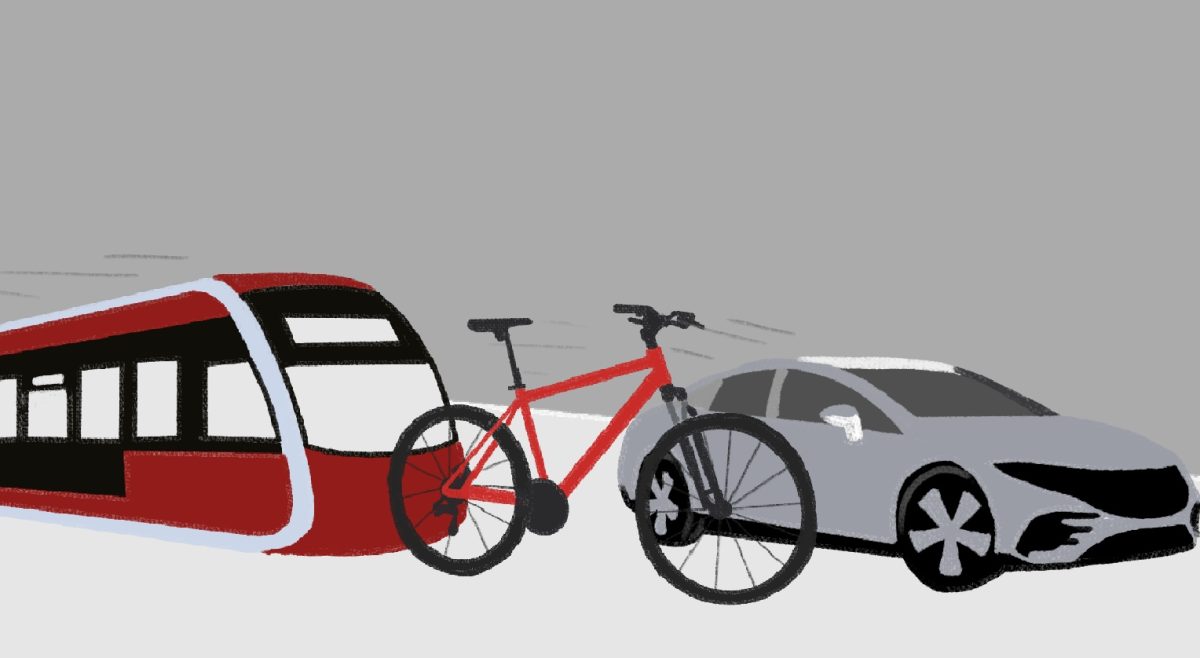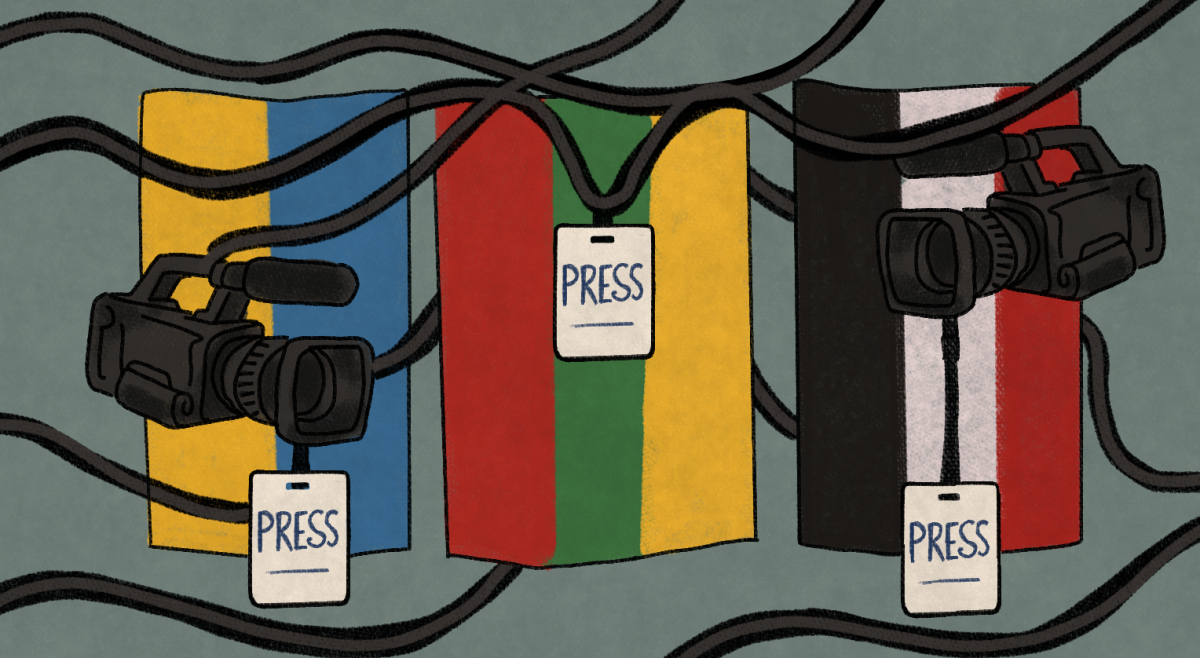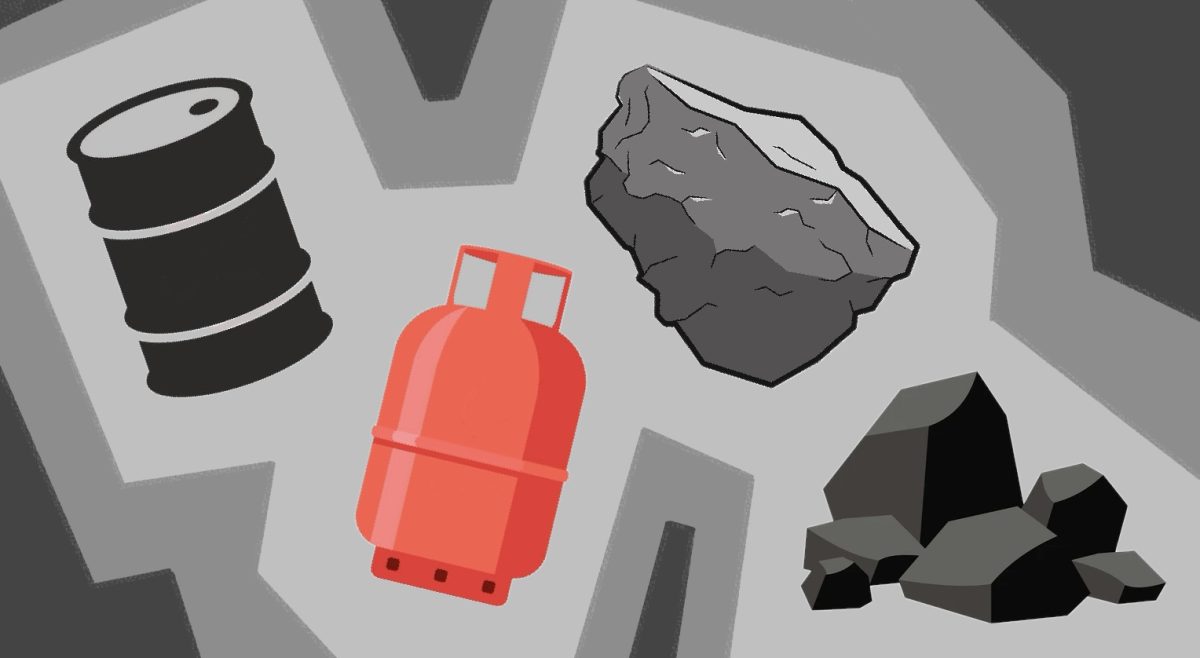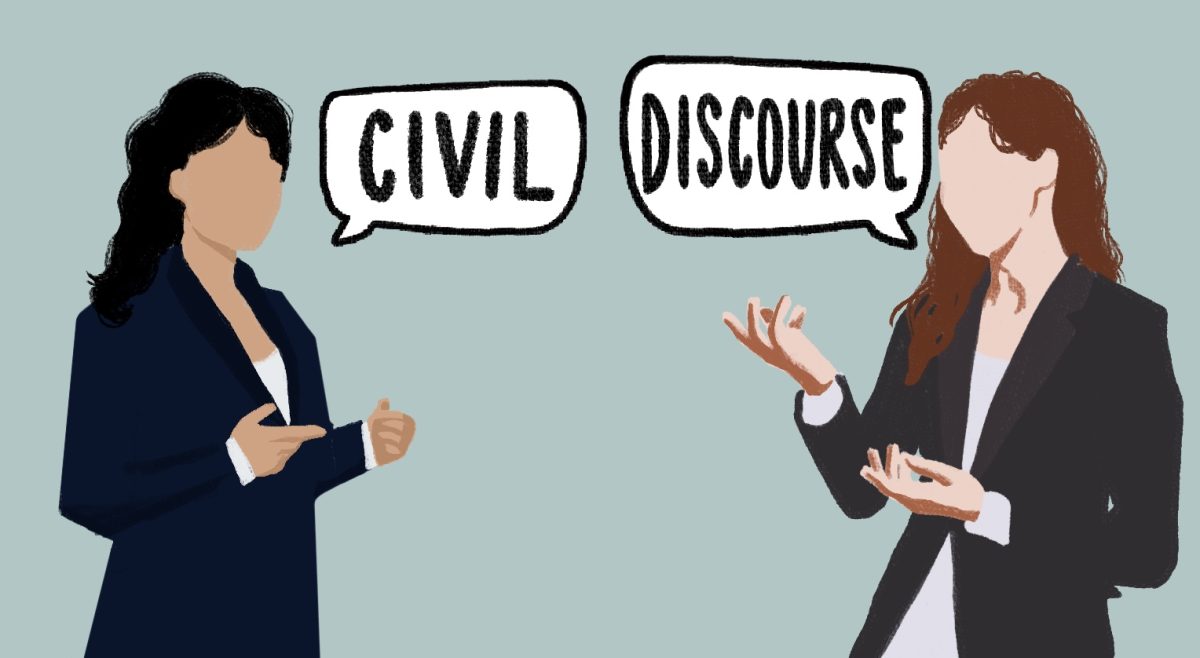The format for getting kids interested in science is pretty comprehensive within the country. Do an interesting demonstration-usually involving setting something on fire-and then explain what just happened in terms that kids can understand.
If you need an example of this model in action, just turn to the program MythBusters.
The show is very predictable. In the beginning, the two main figures, Adam Savage and Jamie Hyneman, will banter back and forth about a “myth,” such as whether it is possible to literally knock someone’s socks off of his or her feet. Then they make preparations to test that myth and a few others with the help of their assistants. Finally, just before the show ends, they will do a full-scale test of the main myth in question.
This “full-scale” test is often taken to an extreme. For example, when testing the “Knock Your Socks Off” myth, after failing to knock off their test dummy’s socks with a mechanical uppercut and a 1,700-pound metal pendulum, the camera zoomed in on Hyneman and his majestic mustache as he pronounced the mantra of the show, “When all else fails, use nitroglycerin.” For this particular episode, they found that, by using 500 pounds of industrial explosives, it was impossible to knock off someone’s socks without also blowing him or her up in the process.
While this is more for entertainment value than for actual scientific purposes (it is a TV show, after all), it just goes to show that people feel the need to create elaborate demonstrations of what scientific knowledge can lead to in order to get people interested in it. It is this that has caused this family-friendly show to turn into a Bill Nye the Science Guy of sorts for the new generation.
Bill Nye himself did plenty of interesting demos on his show, and there is no doubt that he singlehandedly interested thousands of children in learning more about science. This is only the on-ramp to the educational highway, wrought with uneven lanes and pointless construction work, and not the exit ramp to a science-centric education. Unlike heroin and Game of Thrones, watching a single experience with MythBusters will not get a kid hooked for life, reading research study after study and just itching to perform the next scientific experiment.
According to a Washington Post article published near the end of 2013, U.S. students are falling behind other countries in the areas of math and science, coming in 23rd in science and an even more dismal 30th in math (the study looked at 65 countries in total). Although standardized tests do not give a 100 percent-accurate picture of students’ actual knowledge, they are a “good enough” way to assess what students know, and with numbers like these, it is hard to deny that we are doing something wrong.
Teaching the test rather than teaching for the sake of teaching is one major problem that is being addressed by educators across the country. Another problem, however, is the stigmatization of math and science as nerdy, uncool, and difficult.
Shows like MythBusters do their best to make science seem “cool.” To blow something up, however, and then say, “Science is cool,” is not enough to hold students’ interest, because once they start to take actual science classes wherein they must memorize seemingly pointless pathways and equations, they can lose their interest pretty quickly. “Where are the socks and explosions?” they find themselves asking. The answer is that science isn’t all about blowing things up, among other “cool” applications that are used to convince students.
Science is often tedious, frustrating, and it isn’t always clear why particular elements of science are important. For these reasons, it is fair to say that science isn’t cool, and that’s okay. Right now, a song titled “#Selfie” by The Chainsmokers is one of the most popular songs on the air. Speaking of chain smoking, that also used to be “cool” until science revealed that it comes at the cost of lung cancer, emphysema, and other undesirable side effects.
Science isn’t cool, because what’s cool changes from day to day. Science is more than cool because of the endless applications it has. Science has cured epidemic diseases, put a man on the moon, and taught us basic laws of nature that we use every day. Giving students a taste of the “cool” applications of science is fine for piquing their initial interest, but only by helping them realize how rewarding its tedious, frustrating nature really is can they become hooked on science.






